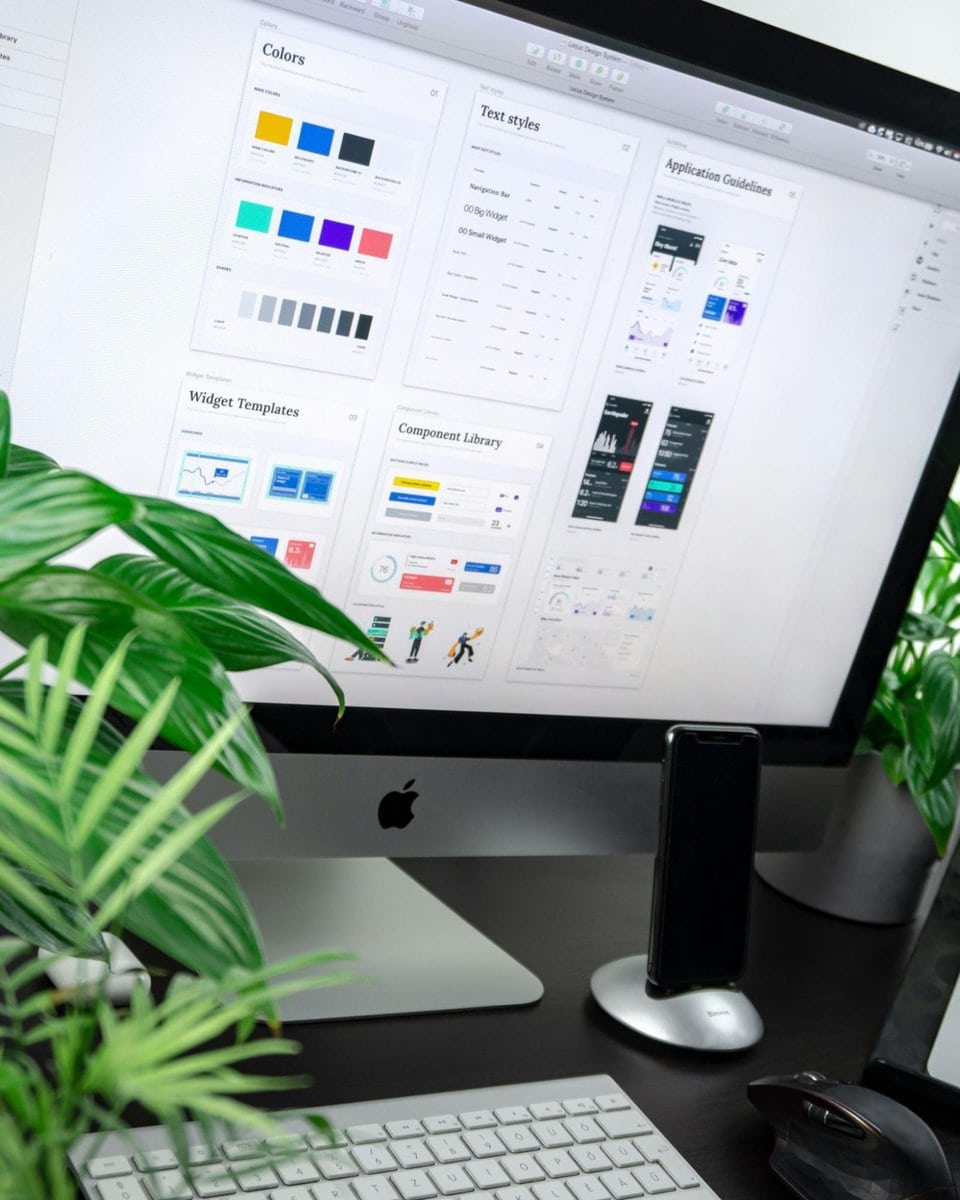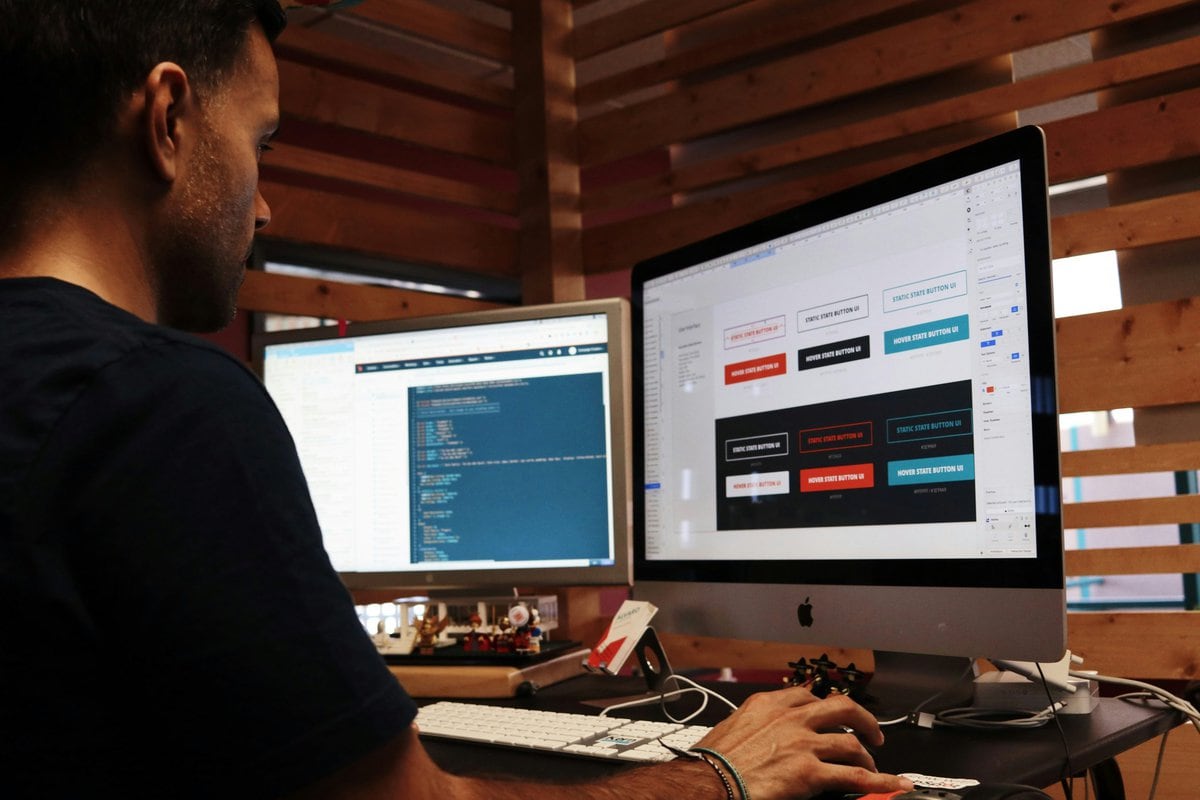Fashion has always been a highly competitive industry, and with the rise of e-commerce, a well-designed website has become essential for success. A visually appealing and user-friendly website can greatly impact a fashion brand’s online presence and drive business growth. However, to achieve maximum optimization, it is essential for fashion brands to establish an effective design team structure that can efficiently handle the complex process of fashion web design.

The Importance of Effective Design Team Structure in Fashion Web Design
In the fast-paced world of fashion e-commerce, a well-designed website can be a game-changer for brands looking to stand out and attract customers. However, achieving success in the fashion web design industry goes beyond just aesthetics – it requires an effective design team structure that is capable of handling the unique challenges of the fashion business. A fashion web design company understands the dynamic nature of the industry, combining creativity with functionality to create websites that not only showcase products but also provide a seamless and visually engaging shopping experience. The collaboration within a fashion web design team is crucial, as it ensures that the website reflects the brand’s identity, follows the latest trends, and meets the expectations of fashion-conscious consumers.
Collaboration and Expertise:
One of the key reasons why an effective design team structure is crucial in fashion web design is the need for collaboration and expertise. Fashion websites often require a combination of creative design elements and technical functionality to create a seamless user experience. By bringing together experts in web design, user experience, front-end development, content creation, and project management, fashion brands can ensure that all aspects of their website design are carefully considered and well-executed.
Brand Consistency and Identity:
Fashion brands rely heavily on their visual identity and brand aesthetic to attract and retain customers. An effective design team structure plays a critical role in maintaining brand consistency across all aspects of the website. From the color palette and typography to the overall layout and imagery used, the design team ensures that every element of the website aligns with the brand’s identity and values. This consistency helps build brand recognition and loyalty among customers.
User Experience and Conversion Rates:
In the competitive world of online retail, user experience is a key factor that can make or break a fashion website. An effective design team structure ensures that user experience is at the forefront of the design process. UX/UI designers work closely with web designers and front-end developers to create a website that is intuitive, easy to navigate, and optimized for conversions. Partnering with a dedicated UI and UX design agency ensures that these elements are expertly crafted, providing fashion brands with the tools to increase engagement, reduce bounce rates, and ultimately drive higher conversion rates.
Efficiency and Timeliness:
Fashion trends change rapidly, and brands need to be able to adapt quickly to stay competitive. An effective design team structure enables smooth communication and collaboration among team members, leading to more efficient workflows and quicker turnaround times. If you follow the guidelines on how to create a strong design team structure https://theqream.com/blog/how-to-create-a-powerful-design-team-structure you can increase the effectiveness of the same. Project managers play a crucial role in overseeing the design process, managing resources, and ensuring that deadlines are met. By streamlining the design process, fashion brands can launch new collections, promotions, and campaigns in a timely manner, keeping their website fresh and engaging for customers.
Optimizing Fashion Web Design Through Effective Team Structure
A successful design team structure in fashion web design requires a collaborative effort between various roles and responsibilities. Here are some key positions that should be considered when structuring a design team:
- Web Designer: The web designer is responsible for creating the visual elements and overall look of the website. They have expertise in graphic design, color theory, and layout principles. The web designer ensures that the brand’s aesthetics and identity are properly represented, using aesthetic photos, and creating a unique and visually appealing website that reflects the fashion brand.
- UX/UI Designer: The UX/UI designer focuses on creating a seamless user experience. They are responsible for understanding the target audience, conducting user research, and developing user-friendly interfaces. The UX/UI designer ensures that the website navigation is intuitive, the information architecture is well-organized, and the user journey is smooth, ultimately enhancing user satisfaction and conversion rates.
- Front-end Developer: The front-end developer translates the design concepts into functional web pages. They are proficient in HTML, CSS, and JavaScript, and work closely with designers to ensure that the visual design is implemented accurately and optimized for web performance. The front-end developer is also responsible for ensuring responsive design, so that the website is accessible and optimized for various devices and screen sizes.
- Content Creator: The content creator plays a key role in fashion web design by producing compelling and engaging content. This includes writing product descriptions, creating blog posts, and curating visual content such as photos and videos. The content creator ensures that the website’s content reflects the brand’s tone and style, and helps drive organic traffic and improve search engine rankings.
- Project Manager: The project manager oversees the entire web design process, ensuring that deadlines are met, resources are allocated effectively, and communication between team members is smooth. They are responsible for coordinating with stakeholders, managing budgets, and ensuring that the overall project stays on track.
By establishing a clear and cohesive team structure, fashion brands can optimize their web design process and achieve better results. Effective communication and collaboration among team members ensure that everyone is working towards a common goal and that the design process is efficient and seamless. This ultimately leads to a website that not only showcases the fashion brand’s products and aesthetics but also effectively engages users and drives conversions.

In conclusion, effective design team structure is crucial for fashion brands looking to optimize their web design. By leveraging the expertise and collaboration of various roles, including web designers, UX/UI designers, front-end developers, content creators, and project managers, fashion brands can create visually appealing and user-friendly websites that enhance their online presence and drive business growth. Investing in a well-structured design team ultimately pays off in the form of increased brand visibility, improved user experience, and higher conversion rates.

